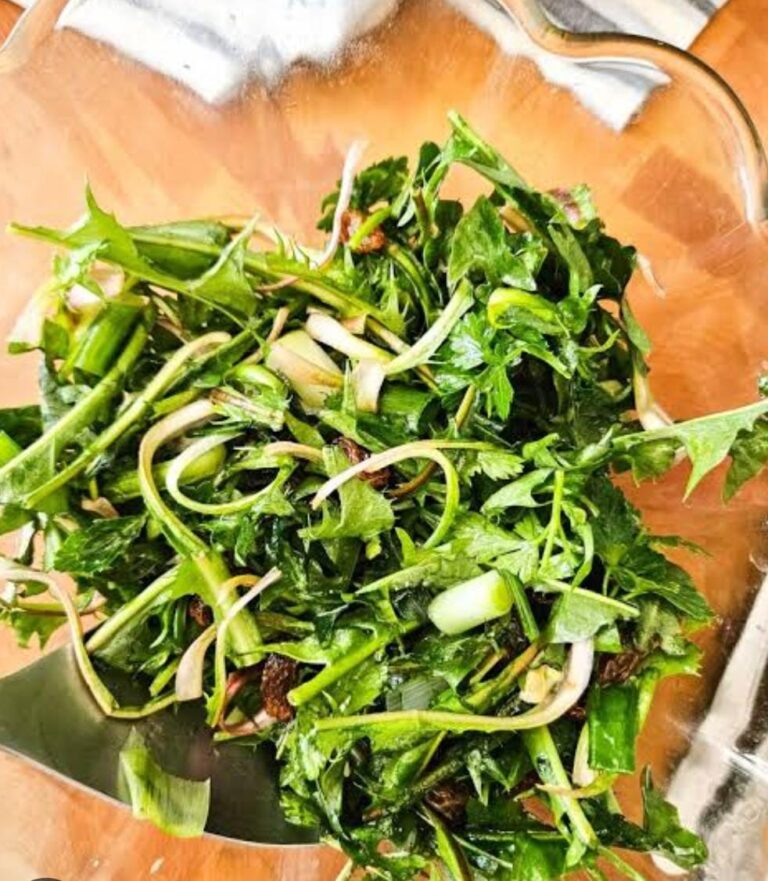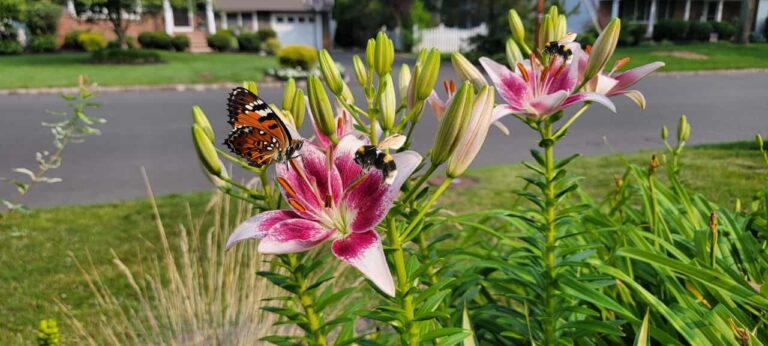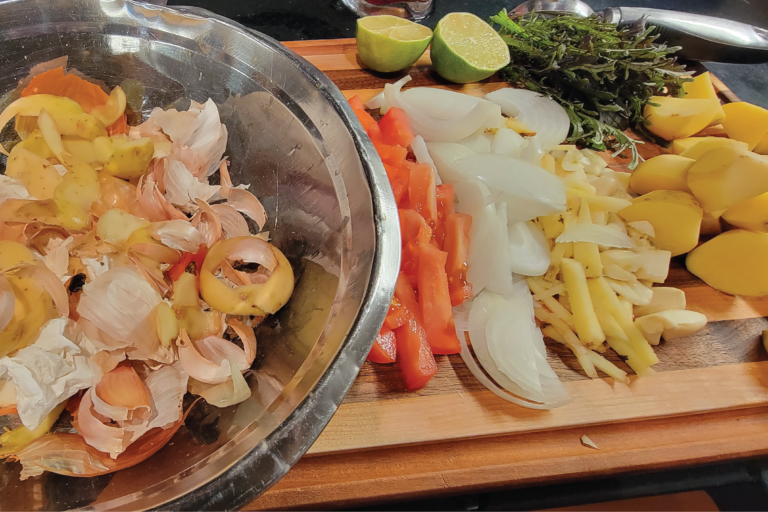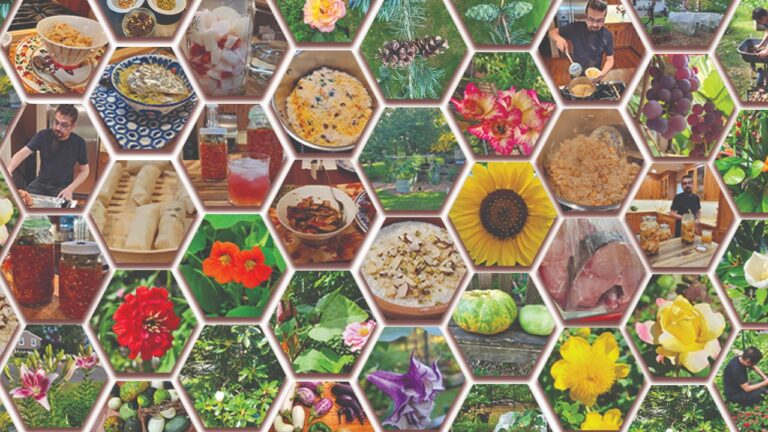Nasturtium: 3 Exclusive Medicinal Uses & More
Introduction
Nasturtium (Tropaeolum majus), a vibrant flowering plant celebrated for its ornamental beauty and culinary versatility, is a botanical marvel that seamlessly combines aesthetics, edibility, and environmental value. Native to South America, nasturtiums have intrigued horticulturists, chefs, herbalists, and ecologists with their unique blend of beauty and functionality. In this blog, we will explore the biology, ecology, chemistry, culture, and diverse applications of nasturtiums in a scientific yet approachable manner.
Taxonomy and Botanical Overview
Nasturtium is a member of the Tropaeolaceae family, which includes only one genus, Tropaeolum, and about 80 species. Despite its common name, nasturtium is not taxonomically linked to the genus Nasturtium, which includes watercress (Nasturtium officinale) and belongs to the Brassicaceae family. Tropaeolum’s etymology is derived from the Latin word tropaeum, which refers to a classical trophy or monument—an apt description of the plant’s shield-shaped leaves and helmet-like blossoms, which 16th-century botanists compared to Roman combat trophies.
Tropaeolum Majus
The most widely cultivated species is herbaceous annual, which may also behave as a short-lived perennial in areas that do not experience frost. This plant is distinguished by its robust and vigorous growth, characterized by long, trailing stems that spread generously across the ground. Its sprawling habit allows it to cover a significant area, making it a popular choice for gardens and landscapes. The foliage is typically lush and green, adding to its ornamental value, while its growth habit can help to suppress weeds in surrounding areas. This adaptability and hearty nature make it a favorite among both amateur and professional gardeners.

The plant features unique peltate leaves, which are rounded and attached centrally to the petiole, giving them a distinctive look. These leaves usually measure between 1 to 6 in (3 to 15 cm) in diameter and have a smooth texture with a glossy finish. The peltate structure allows for better light exposure and efficient water drainage, contributing to the plant’s overall health and enhancing its photosynthetic effectiveness.
The flowers exhibit a zygomorphic structure, meaning they are asymmetrical in form, and feature distinct spur formations. Each bloom is composed of five petals that unfurl in a captivating array of colors, blending vibrant shades of orange, deep red, sunny yellow, and soft cream. This striking color palette adds to their visual appeal, creating a stunning display that attracts pollinators and captivates the eye.
Phytochemistry and Nutritional Properties
Nasturtiums are not only visually attractive but also chemically complex. Their phytochemical profile comprises various glucosinolates, flavonoids, essential oils, and carotenoids. These compounds enhance the plant’s flavor, therapeutic potential, and ecological interactions.
1. Glucosinolates and Isothiocyanates
Nasturtiums, vibrant and peppery edible flowers, contain a compound known as glucotropaeolin, which is classified as a glucosinolate. This compound plays a key role in the plant’s unique flavor profile. When glucotropaeolin is broken down by an enzyme found within the plant called myrosinase, it transforms into benzyl isothiocyanate. This particular chemical is notable for imparting a distinctive peppery taste reminiscent of mustard or watercress, making nasturtiums a flavorful addition to various dishes.
Beyond their culinary appeal, benzyl isothiocyanate possesses significant health benefits, exhibiting both antibacterial and anticancer properties. Research has demonstrated that this compound shows cytotoxic effects against various human cancer cell lines. This means it can selectively kill cancer cells, which is a crucial aspect of cancer treatment research. Furthermore, benzyl isothiocyanate influences phase II detoxification enzymes in the body, suggesting that it may help enhance the body’s ability to eliminate potentially harmful substances.
These properties collectively imply that benzyl isothiocyanate has the potential to act as a chemo-preventive agent, providing a fascinating intersection of nutrition and cancer prevention in the study of natural plant compounds.
2. Flavonoids and Antioxidants
The leaves and flowers of the plant are rich in flavonoids, particularly compounds like kaempferol and quercetin glycosides. These flavonoids belong to a class of polyphenolic chemicals known for their significant antioxidant properties. They play a crucial role in neutralizing free radicals—unstable molecules that can cause cellular damage and contribute to various health issues. By scavenging these free radicals, flavonoids enhance the overall antioxidant capacity of the plant, making it more effective in combating oxidative stress.
Oxidative stress occurs when there is an imbalance between the production of free radicals and the body’s ability to detoxify them, which can lead to damage to cells and tissues. This imbalance is linked to the development of chronic diseases, including cardiovascular conditions, where oxidative damage can affect heart health, and neurological disorders, which may contribute to cognitive decline. The presence of flavonoids in the plant highlights its potential therapeutic benefits in promoting health and preventing chronic diseases by reducing oxidative stress within the body.The leaves and flowers of the plant are rich in flavonoids, particularly compounds such as kaempferol and quercetin glycosides.
These flavonoids belong to a class of polyphenolic chemicals known for their significant antioxidant properties. They play a crucial role in scavenging free radicals—unstable molecules that can cause cellular damage and contribute to various health issues. By neutralizing these free radicals, flavonoids enhance the overall antioxidant capacity of the plant, making it more effective in combating oxidative stress.
Oxidative stress occurs when there is an imbalance between free radical production and the body’s ability to detoxify them, leading to potential damage to cells and tissues. This imbalance is linked to the development of chronic diseases, which include cardiovascular conditions, where oxidative damage can affect heart health, as well as neurological disorders, where it may contribute to cognitive decline. The presence of flavonoids in the plant therefore highlights its potential therapeutic benefits in promoting health and preventing chronic disease by reducing oxidative stress within the body.
3. Carotenoids and Pigments
Nasturtium flowers are renowned for their vibrant and striking coloration, which is primarily attributed to a high concentration of carotenoids. Key among these carotenoids are lutein, zeaxanthin, and beta-carotene. These compounds play a crucial role in promoting eye health by acting as natural UV filters, helping to protect the eyes from the harmful effects of ultraviolet light. In addition to their protective qualities, these carotenoids are linked to a reduced risk of macular degeneration, a leading cause of vision loss in older adults. By incorporating nasturtium flowers into our diets or gardens, we can not only enjoy their beauty but also benefit from their health-enhancing properties.
Edibility and Culinary Uses
As I discussed in my previous blogs about edible flowers, different from others, all parts of the nasturtium plant are edible, with a peppery, somewhat sweet flavor that complements both savory and sweet foods. Their culinary applications combine flavor, nutrition, and aesthetic appeal.
1. Leaves
The young leaves possess a delicate texture and a mild peppery flavor, which makes them an excellent addition to a variety of culinary dishes. Their tender nature allows them to blend seamlessly into fresh salads, providing a refreshing crunch and a vibrant burst of flavor. Additionally, these leaves can be expertly incorporated into pestos, where their unique taste adds depth to the sauce, enhancing the overall dish. They also serve as an attractive garnish, elevating the presentation of plates and offering a hint of spiciness that intrigues the palate.

2. Flowers
The strikingly vibrant blossoms are highly esteemed in gourmet culinary circles, celebrated not only for their stunning visual appeal but also for their unique flavor profile. Their slight pungency adds an intriguing depth to dishes, while the delicate sweetness of their nectar enhances the overall taste experience. Chefs often incorporate these flowers to elevate the aesthetic and flavor complexity of their creations, making them a coveted ingredient in high-end cuisine.
3. Seeds
Immature seeds can be pickled and served as a flavorful alternative to traditional capers, often referred to as “poor man’s capers.” These tiny seeds are not only a cost-effective substitute but also pack a notable amount of glucotropaeolin, a compound that may offer health benefits. The pickling process enhances their tangy flavor, making them a versatile ingredient in various dishes or a tasty addition to salads, sauces, and garnishes. This alternative is particularly appealing for those looking to experiment with unique flavors in their culinary creations.
4. Stems
While often overlooked, young stems possess a tender texture that makes them a delightful addition to various dishes. These delicate stems can be easily sliced into thin pieces, making them perfect for incorporation into vibrant stir-fries or fresh salads. Their subtle flavors and crisp consistency not only enhance the visual appeal of a meal but also contribute a unique taste that complements a wide range of ingredients. Embracing young stems in your cooking can elevate everyday recipes and add a nutritious element to your meals.
Caution: Individuals with gastrointestinal sensitivity or thyroid issues should avoid eating raw nasturtiums in large quantities due to their isothiocyanate levels.
Medicinal and Therapeutic Applications
Nasturtium has an extensive history in traditional and folk medicine. Modern pharmacological research supports numerous of its historical applications, which are attributed to the plant’s bioactive components.
1. Antimicrobial Properties
Benzyl isothiocyanate has shown high antibacterial action against a variety of pathogens, including Staphylococcus aureus, Escherichia coli, and Candida albicans. Nasturtium preparations have been used both topically and orally to treat infections, notably those in the respiratory and urinary systems.
2. Anti-inflammatory and Wound Healing

Nasturtium extracts have been shown to reduce the release of pro-inflammatory cytokines such IL-6 and TNF-α. Traditional poultices made from crushed leaves have been used to disinfect minor cuts and abrasions, and there is some evidence that they promote faster wound healing.
3. Expectorant and Respiratory Support
Nasturtiums operate as a mild expectorant and bronchial stimulant, making them effective in treating bronchitis and sinusitis. In Germany, standardized Tropaeolum majus extracts are approved for use in combination with horseradish root to treat upper respiratory infections.
Note: It is important to emphasize, as I have in my previous blogs, that individuals with pre-existing medical conditions should seek advice from their healthcare provider prior to using any herbal remedies.
Ecological Functions and Companion Planting
Nasturtiums are highly valued in permaculture and ecological gardening due to their versatility. They play an important role in integrated pest control (IPM), habitat building, and soil conservation.
1. Pest Management
Nasturtiums are well-known as “trap crops”—plants designed to divert pests away from main crops. They are very appealing to aphids, cabbage loopers, whiteflies, and squash bugs. By concentrating pests in a manageable area, they relieve strain on nearby vegetables including brassicas, cucurbits, and solanaceous plants.
In addition to mechanical trapping, nasturtiums may release volatile organic substances that disrupt pest communication or prevent oviposition (egg-laying).
2. Pollinator and Beneficial Insect Support

Nasturtium tubular flowers contain a lot of nectar, which attracts pollinators like bees, butterflies, and hummingbirds. Furthermore, they act as a host or forage plant for predatory insects such as hoverflies and parasitic wasps, which help to control pest populations.
3. Erosion Control and Soil Protection
Nasturtiums make excellent groundcovers because of their strong, low-spreading growing habit. They reduce surface evaporation, prevent weed growth, and reduce erosion on slopes or disturbed soils.
Horticultural Cultivation and Propagation
Nasturtiums are among the most accessible plants for gardeners, requiring little maintenance and surviving in harsh environments.
1. Soil and Site Requirements for Nasturtium
These plants prefer a well-drained, somewhat fertile soil. Excessive nitrogen promotes lush vegetative development at the price of flowering. The pH range of 6.0 to 7.5 is excellent. While nasturtiums may tolerate partial shade, they thrive in full sunlight, producing more flowers and richer smells.
2. Water and Irrigation
Once established, nasturtiums have modest drought tolerance. Overwatering can cause fungal infections and root rot. Drip irrigation or targeted watering at the base reduces foliar dampness and disease risk.
3. Propagation
Nasturtiums are most typically reproduced from seed. Their huge, kidney-shaped seeds can be sowed directly after the last frost, or started inside 2-4 weeks in advance. Soaking seeds overnight might improve germination rates by weakening the seed coat.
They germinate quickly—usually within 7-10 days—and attain maturity in 35-50 days. In frost-free areas, they may reseed profusely.
4. Pests and Diseases
While nasturtiums are tough, they are prone to the following issues:
- Aphids frequently invade fresh growth and can be treated with neem oil or insecticidal soap
- Fungal infections like powdery mildew and leaf spot are especially common in humid conditions
- Slugs and snails are particularly drawn to delicate seedlings.
Crop rotation, spacing, and cleanliness are examples of cultural practices that serve to lessen disease pressure.
Genetic Diversity and Breeding
Modern nasturtiums have been extensively bred for blossom color, growth habit, and environmental resilience. Dwarf cultivars (e.g., ‘Alaska’) are appropriate for containers, whilst trailing kinds (e.g., ‘Jewel of Africa’) are ideal for trellises and borders.
Hybridization between T. majus, T. minus, and T. peregrinum has broadened the ornamental palette, resulting in new species with variegated foliage, double blooms, or uncommon colors like deep mahogany or nearly black.
Breeding goals have also included higher glucosinolate content for medicinal extracts and resistance to diseases such downy mildew.
Cultural and Ethnobotanical Significance
Nasturtiums have traditionally represented patriotism, conquest, and resilience. The Incas reportedly employed wild relatives as antiseptics and to promote wound healing. Spanish conquistadors introduced the plant to Europe in the 16th century, and it immediately became popular in medicinal and decorative gardens.
Nasturtiums were associated with concepts of victory and courage in Victorian flower language, reflecting their battlefield-like floral structure.
Sustainability and Future Applications
As climate change forces a reconsideration of hardy, multifunctional plants, nasturtiums stand out as a model species. They provide a low-input, high-output solution for edible landscapes, urban gardening, and eco-design.
Emerging study examines their role in:
- Phytoremediation is the removal of heavy metals such as cadmium and lead from contaminated soils
- Green medications rely on purified isothiocyanates to deliver tailored cancer therapies
- Nasturtium extracts are used in nutraceutical compositions to strengthen the immune system and provide antioxidant protection.
Conclusion
Nasturtium is much more than a pretty flower. It’s a dynamic plant that combines aesthetics, ecology, and human wellness. Nasturtiums, from the garden to the laboratory, are a living example of how form and function converge in nature. With sustained scientific research and careful cultivation, this simple yet powerful plant will most certainly continue to be an important part of sustainable living systems, culinary innovation, and herbal medicine for future generations.







